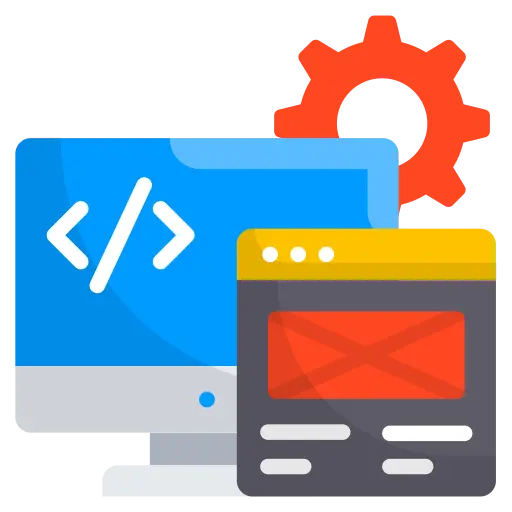Best Practices for Successful Odoo Implementation
- Define Clear Objectives & Requirements Upfront
Before diving in, know what outcomes you want. What business problems are you solving? What KPIs matter (order processing time, inventory accuracy, cost savings, etc.)? This clarity helps scope and reduces surprises.
- Select the Right Modules & Odoo Edition
Don’t try to do everything at once. Pick modules that directly support your core operations. Choose between Community vs Enterprise based on required features, support, and budget.
- Plan for Data Migration Early
Data is often messy. Starting early with cleanup, mapping, testing migrations ensures you avoid data problems during go-live.
- Thorough Testing & Quality Control
Testing phases—unit, integration, performance—are vital. Especially test scenarios users actually do. UAT with real users helps catch gaps standard tests miss.
- Training & Documentation
Even great systems fail if people don’t know how to use them. Role-based training, help materials, documentation are essential. Also, ongoing training as new features/modules are added.






































